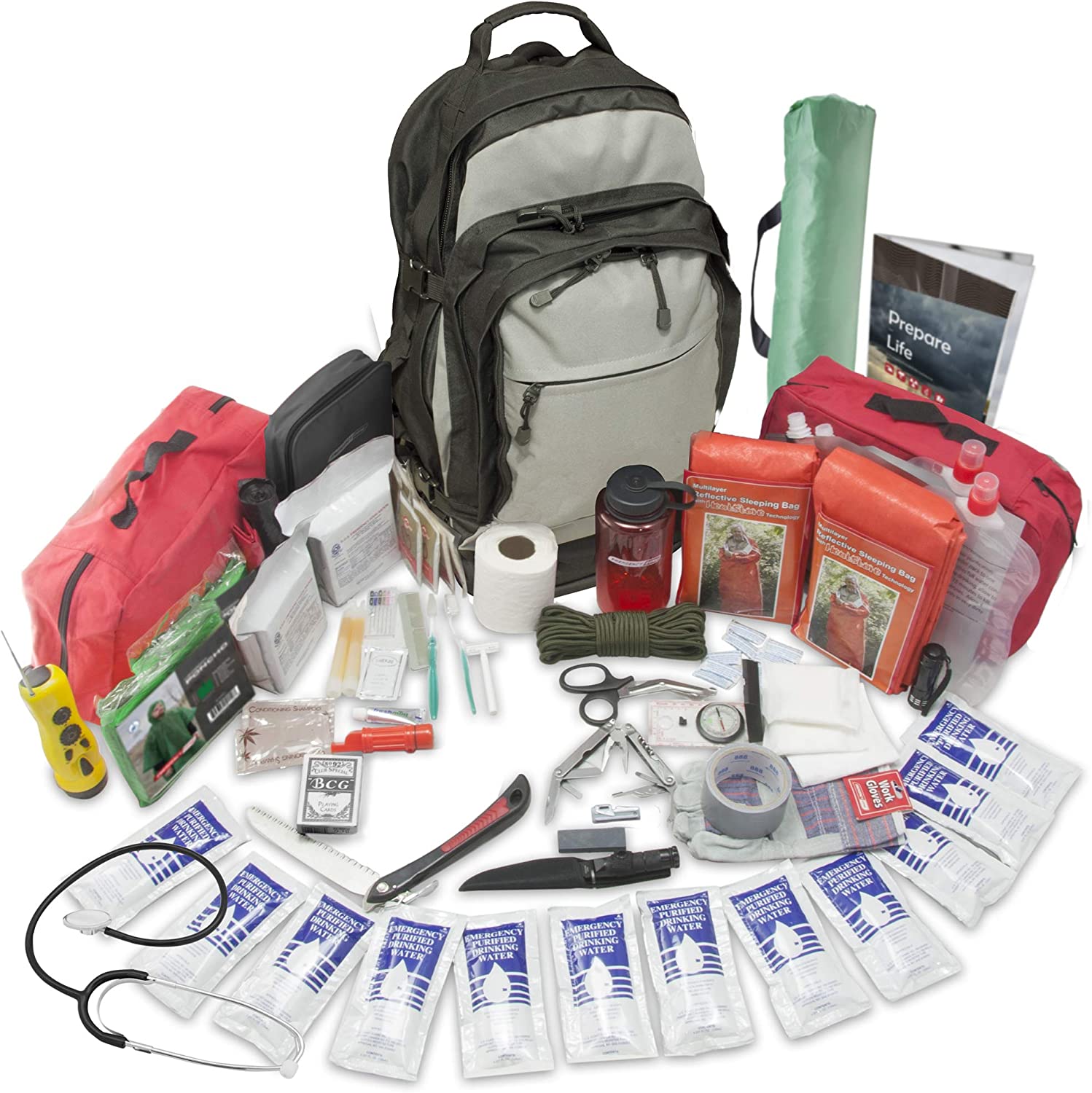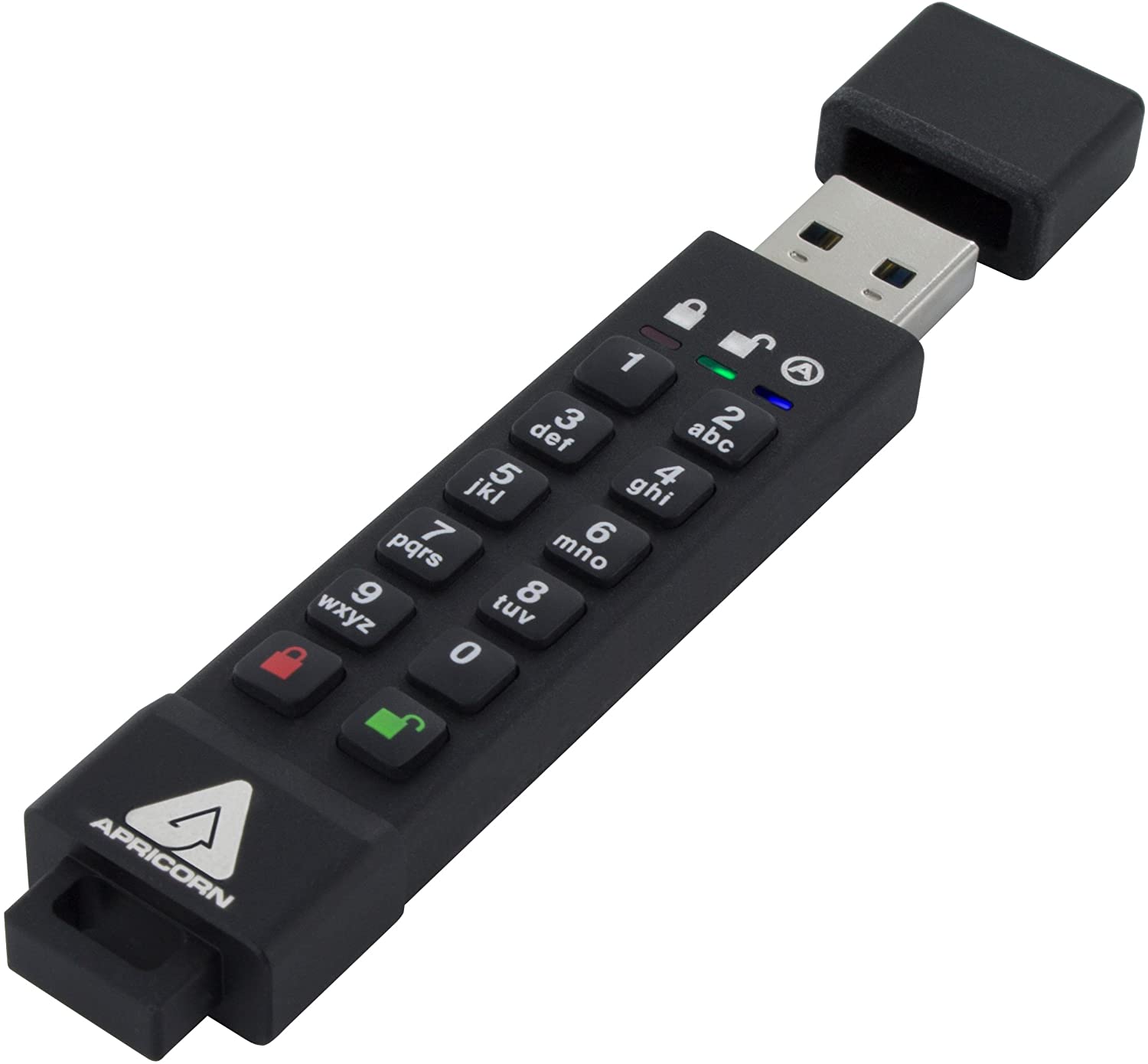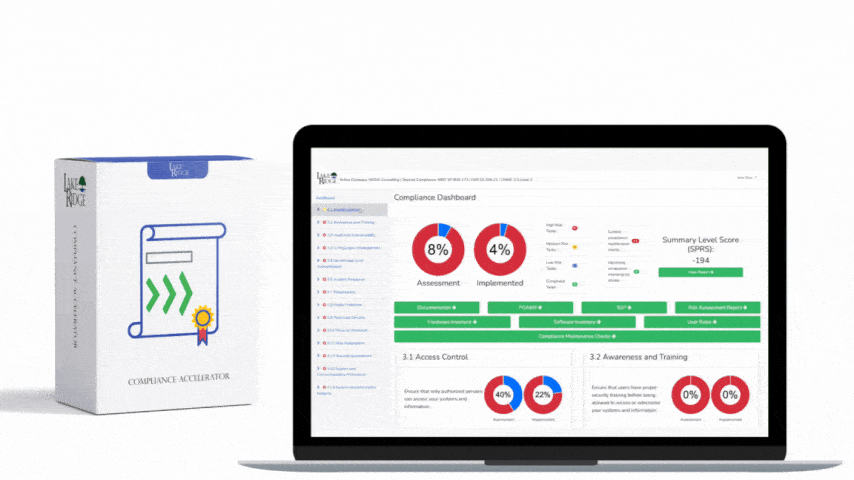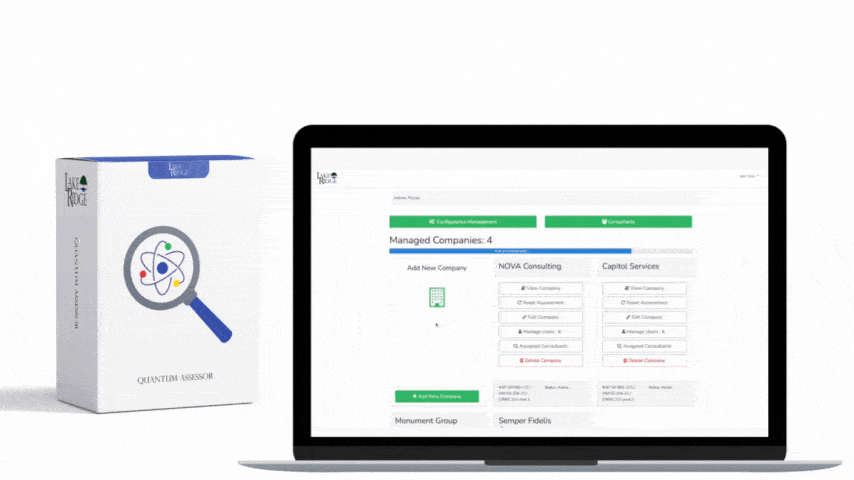Rise of the Preppers
Preparedness is on the rise. In the last 12 months, roughly 45% of Americans — or about 115.6 million people — say they spent money preparing or spent money on survival materials. Civil unrest, natural disasters, political instability, crime, and religious convictions are pushing more and more Americans toward preparing.
What is a Bug Out Bag?
One of the areas many Preppers focus on is building a bug-out bag. A conventional bug-out bag is generally a backpack that contains food, water, and essential items needed to sustain a person for 72 hours. The Red Cross maintains a list of items to include in a survival kit. The U.S. Government also has a list of items to include in a survival kit. One thing both of these kits and the kits are missing is anything to do with someone's digital life.
What is a Digital Bug Out Bag?
In our definition, a digital bug out bag is the use of a storage device (or multiple devices) or cloud storage service to store copies of important digital data. Important information such as passwords, family photos, digital copies of documents, and anything else of value that is in digital form should be part of a digital bug-out bag.
Selecting a Digital Bug Out Bag
First, you need a method to store your digital data. Using both your own portable media (e.g., USB thumb drives, external drives) along with a cloud service is a good idea. We recommend using portable media from Apricorn. Their devices are hardware encrypted, they work on Mac, PC, and Linux, they are water-resistant, and they are durable.
For cloud storage, we recommend using whatever is most familiar to you. This includes Google Drive, DropBox, and Microsoft OneDrive. Using your own cloud system as a digital bug-out bag isn’t a great solution because you most likely won’t be able to support the system when you bug out.
Digital Bug Out Bag Redundancy
You need to have multiple portable storage devices to store your digital data. In case one gets corrupted, lost, or damaged you need to have a backup. Providing a password-protected device to another family member to carry in their bug-out bag is a good idea. You should also keep your portable media in a waterproof container just in case.
Cloud storage solutions such as Google Drive, DropBox, and Microsoft OneDrive offer high availability. The likelihood of these services being down is pretty low as they have data centers all around the world. However, we are preparing for a disaster so anything is possible. Not relying on one cloud service provider is a good idea. You can store your data on several different services.
Digital Bug Out Bag List
Here are the items you should include in your digital bug-out bag. This isn’t an exhaustive list so it should be tailored to meet your needs. Ensure that whatever device or service you are storing the below items on offers encryption:
- A digital copy of your identification documents (e.g., drivers license, passport, social security card)
- Passwords to your online accounts (e.g., using a password manager)
- Digital copies of your house and automobile titles
- Digital copies of your high school diploma, university transcripts, university diploma, and any other educational credentials
- Important family photos
- Digital copies of important medical records
Prepare for the Worst Hope For the Best
Preppers should have both a physical bug-out bag with essential items along with a digital bug-out bag with essential items. We live in the modern world, prepping techniques and concepts need to be adapted to this reality.








